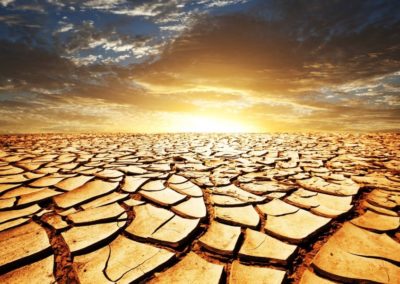Scenario 4: Affordable for some
Who can afford dairy?
Trade barriers disrupt global production economics, while network efficiency is replaced with higher hurdle rates to create disparity in affordability and restricted access to tradable ingredients.
The breakdown in global co-operation means little progress is made to combat climate change, increasing the risk of fragility of food production. Political climate favored national interests over global co-operation and brought more protectionist policies and reciprocal trade barriers.
Concern for climate change and CO2e emissions waned with a reversion to an insular and right-wing leadership in US and EU. Environmental sensitivity is limited to “doing the bare minimum”, favouring localized economic activity. Major emissions-reduction initiatives were driven by commercial supply chains seeking brand advantage.
Global income growth slows, with increased trade barriers and greater impact of isolationist and protectionist policies. Concern for climate change and reducing emissions wanes.
For dairy:
There is a “produce at all costs” approach by food producers, emphasizing optimal milk production to meet local market wants and needs, while operating with a highly selective export focus to regions aided by FTAs. Output of milk in major producers increases faster than recent history but is focused on domestic market priorities, with dairy product innovation focused on home market consumer needs.
Protectionism and trade incentives provide greater security for domestic US and EU producers.




